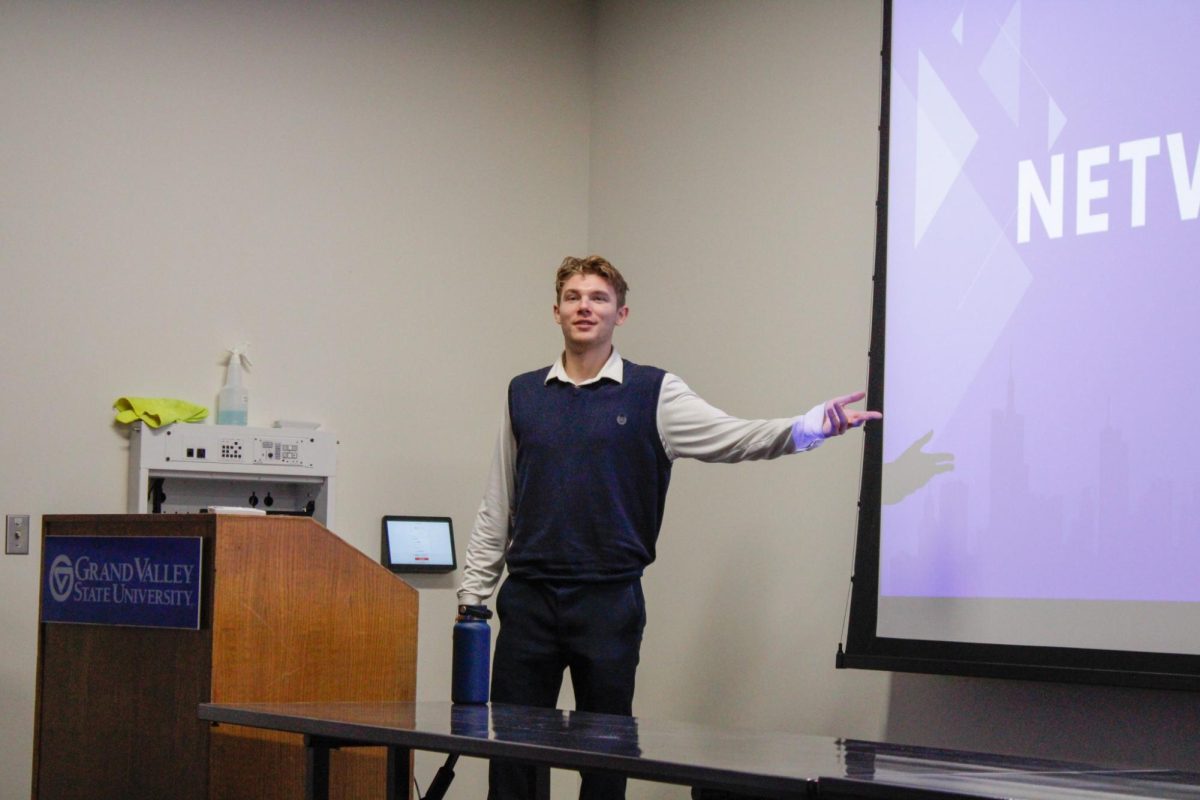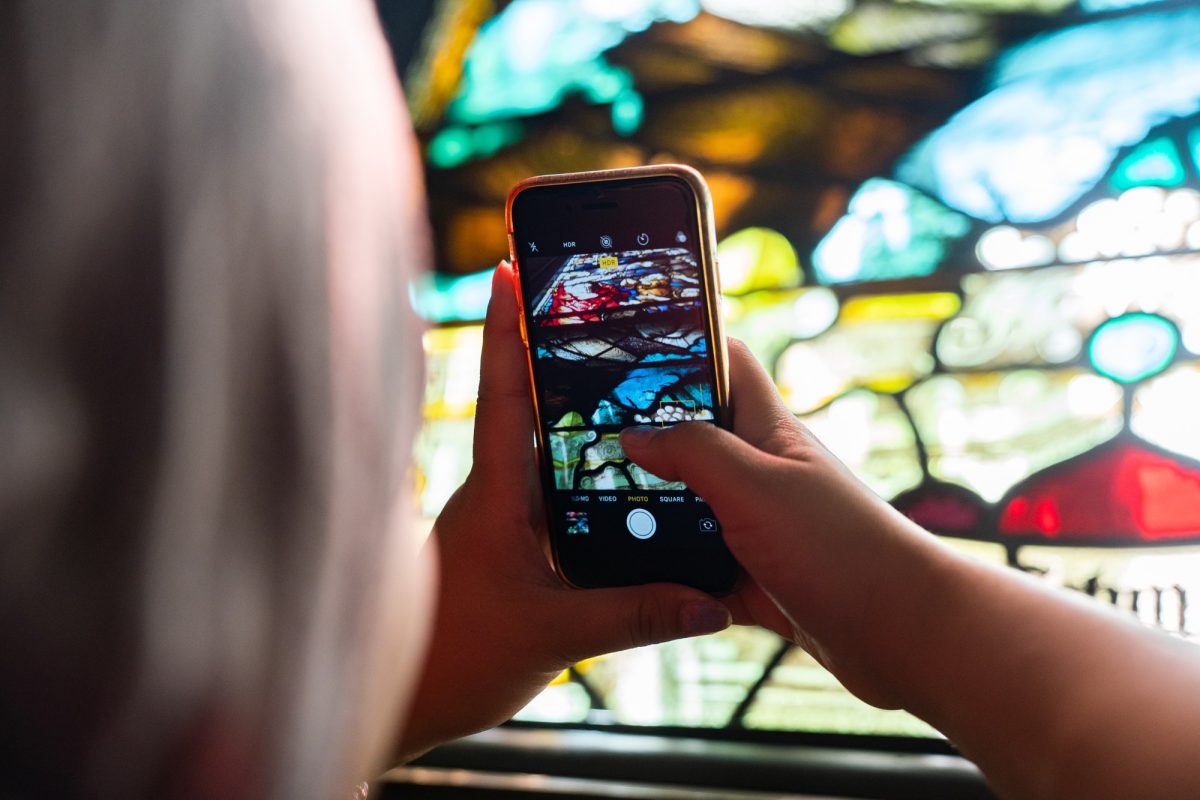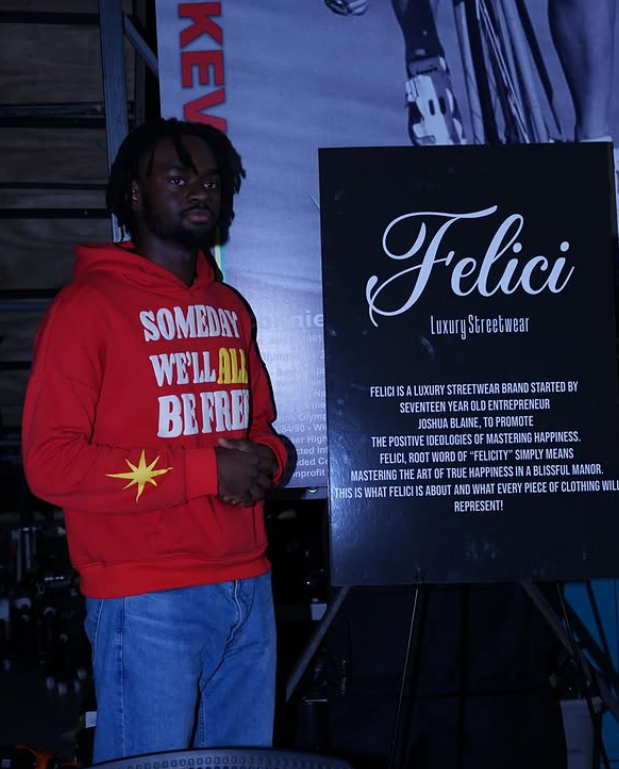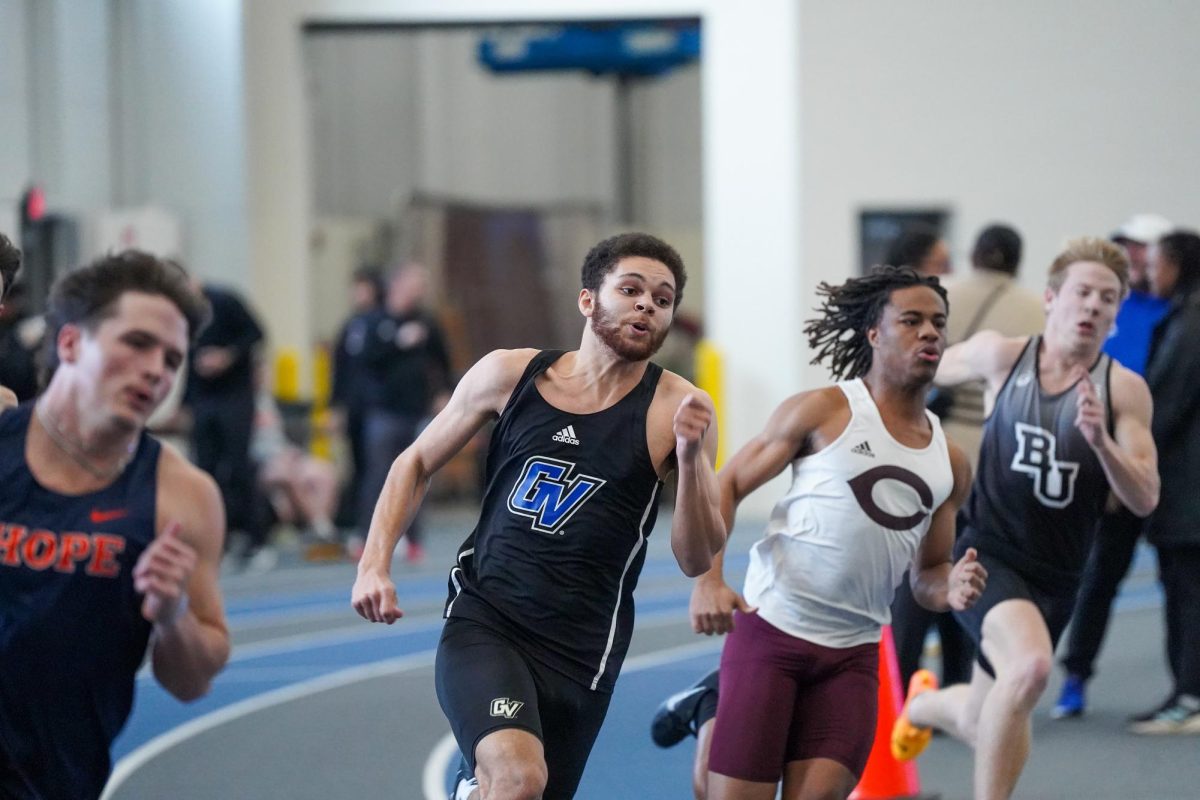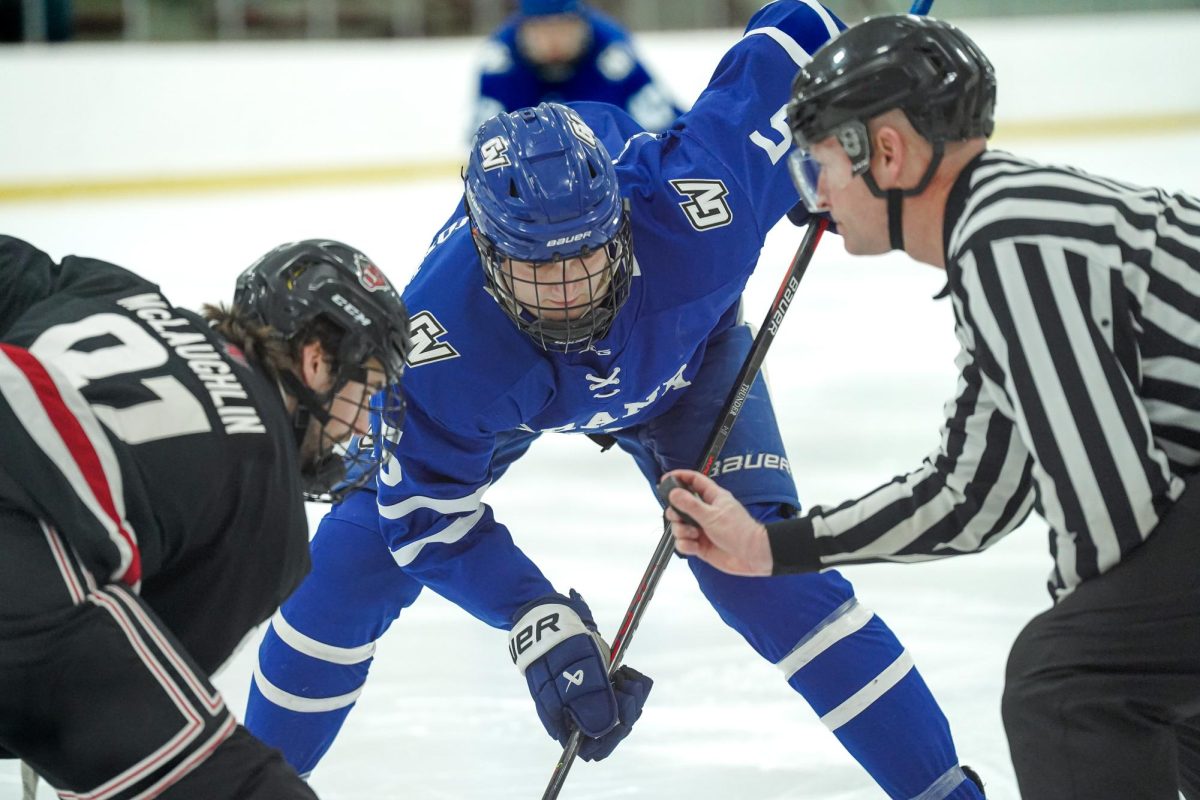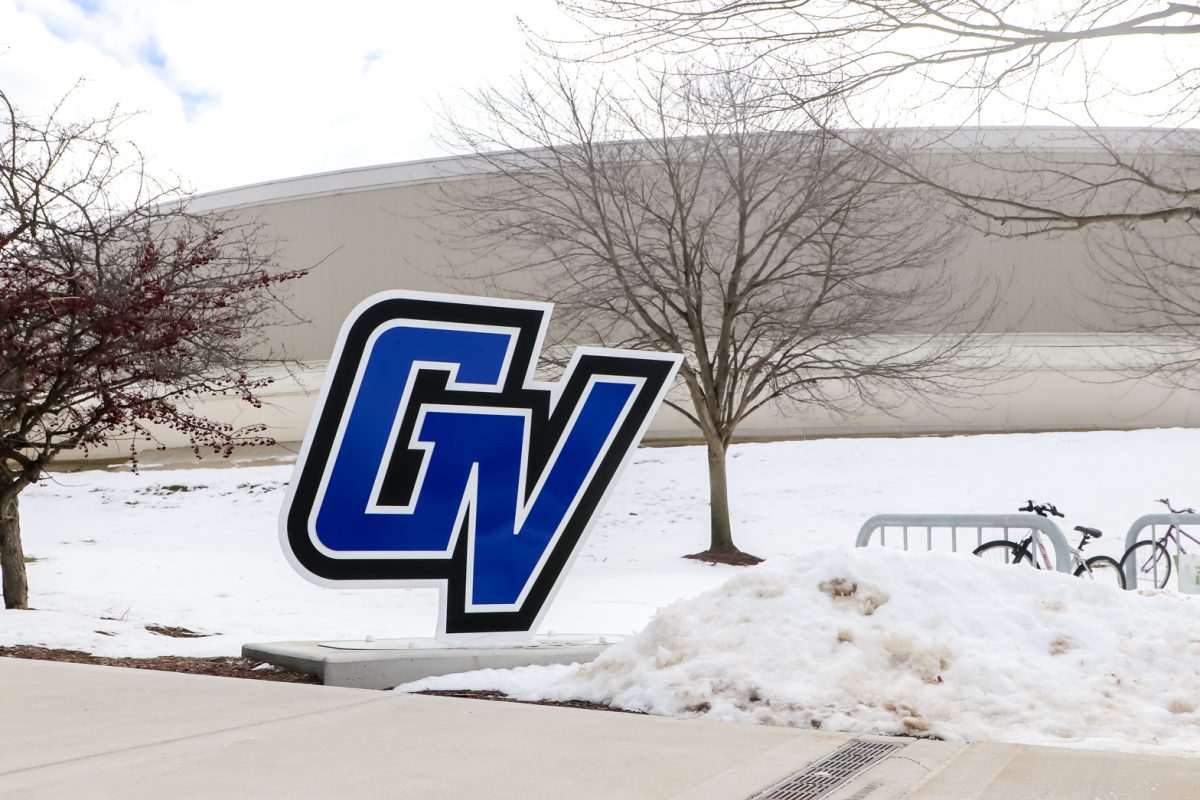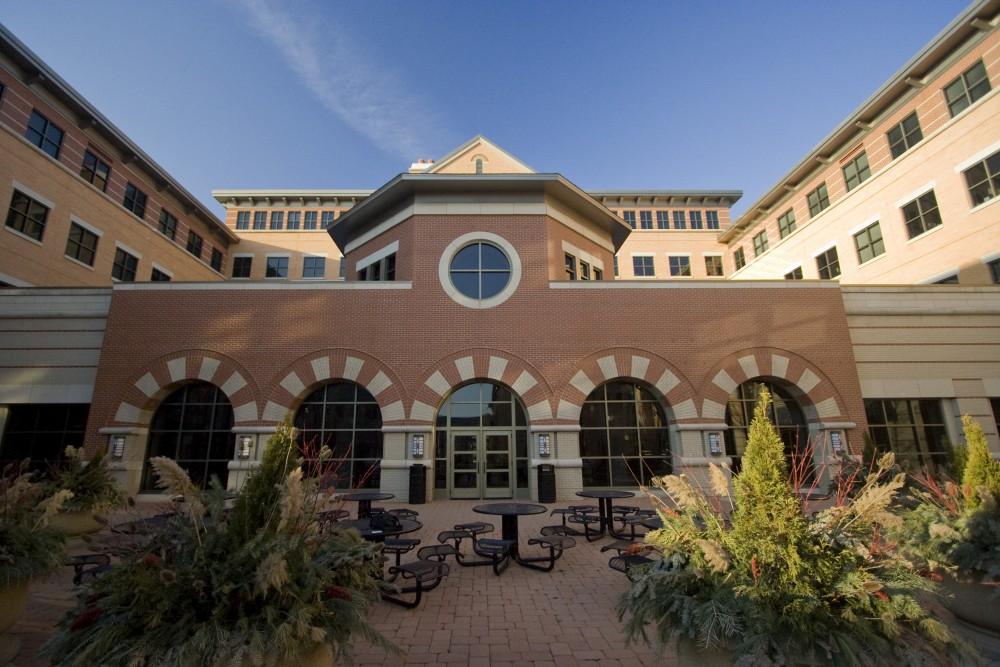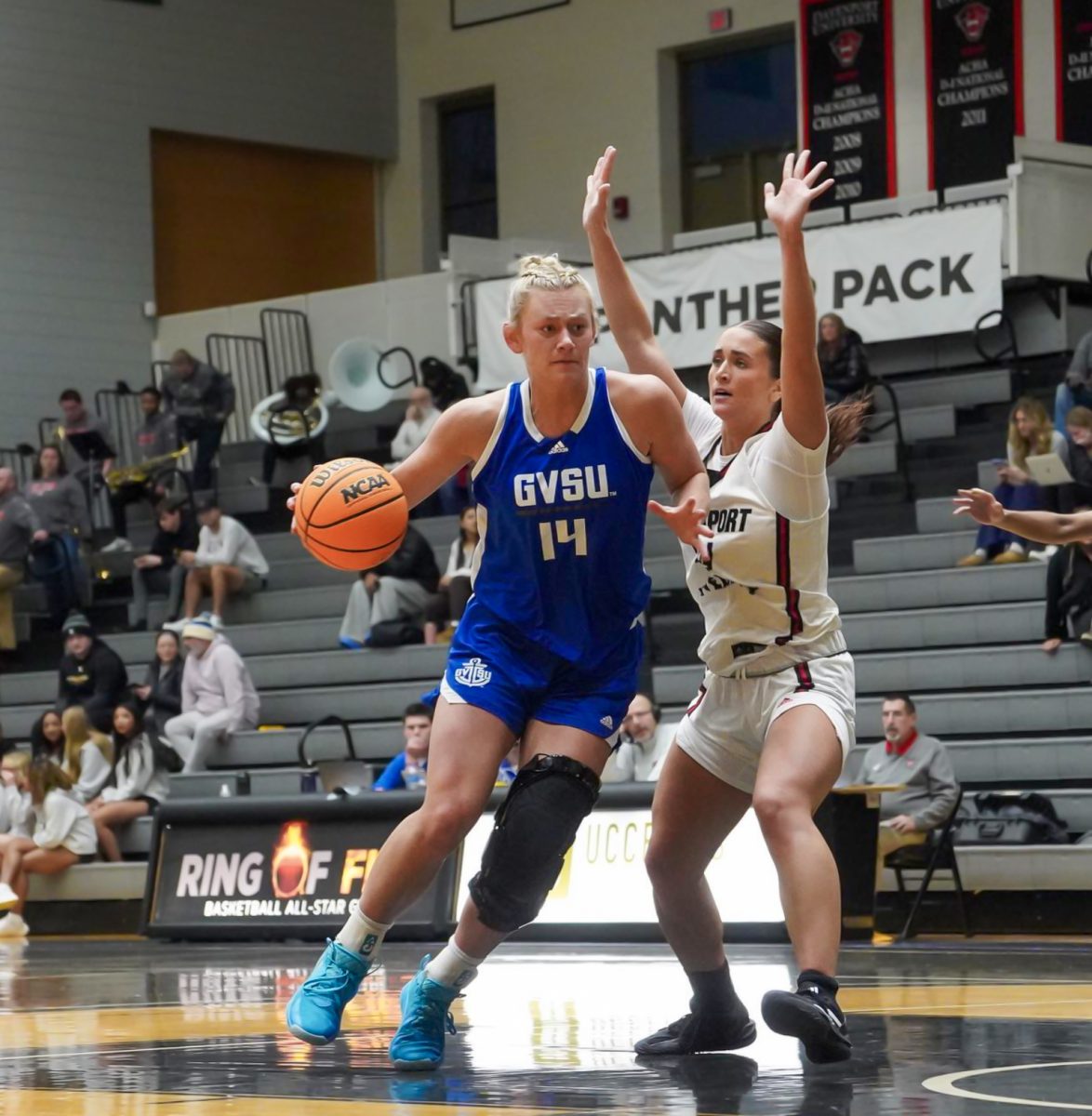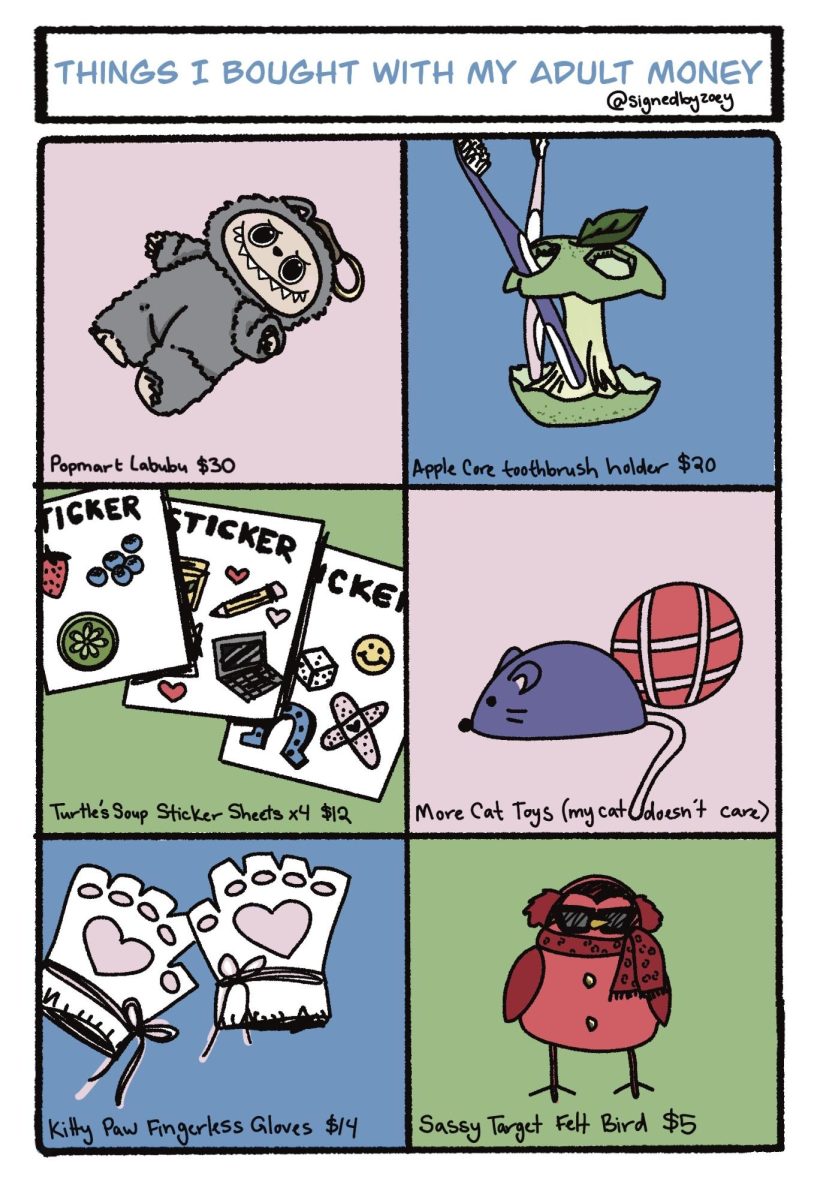Making the move to virtual research

Unlike previous years, Grand Valley’s student researchers will be presenting their scholarship virtually, not in-person. (Courtesy/Student Summer Scholars)
Aug 10, 2020
Throughout the nation’s experience with COVID-19, university organizations and programs across the country have been forced to halt operations in favor of keeping their members safe during the ever-changing minefield of a global pandemic. While many would have preferred to find an online alternative, many groups were forced to recognize that their work wasn’t easily transferred to a virtual setting. Internships were cancelled, research paused and everyone forced to take a close look at what it means to work in an online format different from one that we have ever had to work with before.
For GVSU organizations like McNair Scholars and Student Summer Scholars, the question wasn’t if they could translate their work to a virtual model, but rather how. These and other programs are typically based on students conducting research that they are passionate about, whether this means they are in a wet lab, library archives, or out in nature. Office of Undergraduate Scholarship Director Susan Mendoza categorized the decision to go digital as one of necessity.
“These programs pay students’ wages and provide invaluable opportunities to conduct independent scholarship,” Mendoza said. “In a time of disruption and chaos, continuity provides a semblance of normalcy. We wanted to provide the summer research experience, albeit a bit modified.”
The first step in the transition from in-person to virtual for students, professors and faculty was making sure that the research could be performed without access to a lab or in the field. For most, this meant taking a week to reevaluate the research they wished to do and how they could do it within their current limitations. From this shift, the start date was adjusted, the program requirements changed, and the program schedules shifted to accommodate the sudden change in research strategies.
For Mendoza, much of the shift wasn’t as bad as it seemed.
“Many of the decisions we made about going virtual were easy in retrospect,” Mendoza said. “Shifting programs, managing Zoom breakout rooms, realigning expectations, those tasks are tangible and manageable. There were challenges in implementation, but the greatest challenges presented themselves in areas we could not easily control.”
Those areas were the changes in mandates concerning COVID-19, and how they could safely open wet labs with new mandated restrictions of social distancing and sanitation. Additionally, technology was required to keep every research participant in contact with one another.
It took time and patience to make sure everyone had access to the necessary equipment while also being able to react to changes in networks and potential tech crashes. The process of changing from an in-person structure to a virtual one might not be easy, but there are things to focus on while making the change.
“Focus on three elements,” Mendoza suggests. “Clarity and predictability in communication, flexible expectations, and listening deeply. Our current circumstances and environment are always changing. News shifts from moment to moment, and we are all experiencing this differently depending on our home environments, circumstances, and daily events. Having clear and consistent communication is absolutely critical.”
Communication and routine are two sides to the same coin when it comes to remaining productive in an online environment. Planning out each day as it comes, making small goals between the bigger ones, and being understanding of everyone’s individual circumstances are important to keep in mind. Talking to both faculty and students equally allowed everyone to understand the situation in a new light and created a better space for creativity and ingenuity in times of confusion and change.
And perhaps most importantly, the virtual transition must be emphasized with compassion, trust and empathy.
“We need to give ourselves and others grace,” Mendoza said. “Working from home is tough. Our sense of time is different because often we punctuate our days by physically moving from place to place. Use schedules and task lists… and then if you don’t keep them by day’s end, be kind to yourself.”
While the virtual transition comes with its own challenges and rewards, the ultimate goal at the end of the day is to do our best to push forward. Whether that is finding new ways to research virtually or figuring out how to come back onto campus in the fall, we are all learning new ways to continue what we love doing.






